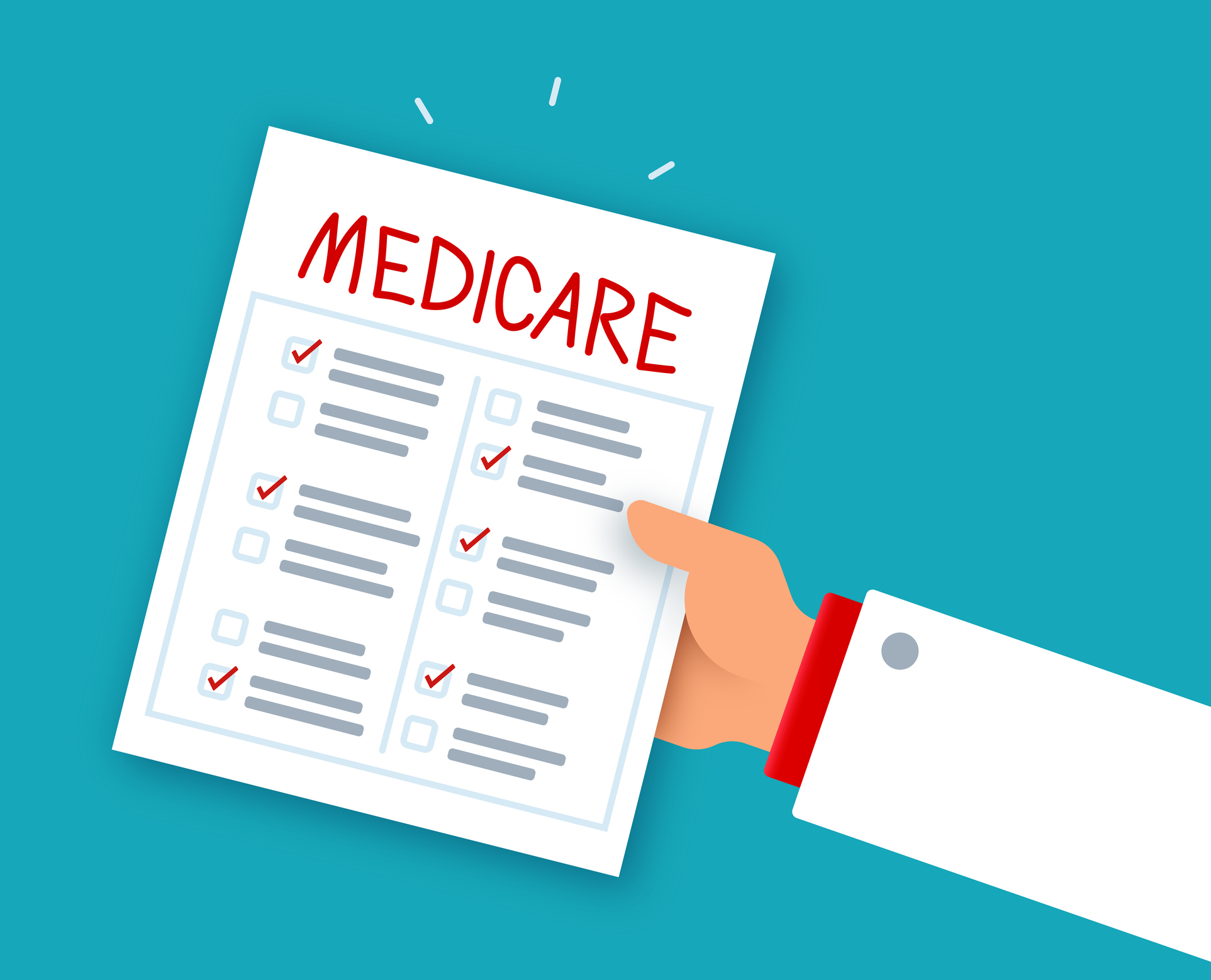Tax Changes Ring in the New Year
As you prepare to fill out your 2010 tax return, take note of new tax rules that will apply for 2011.

The new year brings with it several major tax changes that will affect all taxpayers -- individuals, businesses, estates and trusts. Many of these changes come from a tax cut gift that Congress gave taxpayers in late December 2010. Others are changes tied to movements in the Consumer Price Index. And a few are tightenings enacted in previous legislation. Let’s review the key changes for the year.
For individuals:
Individual income tax rates do not change. Congress extended the Bush tax cuts for all filers for 2011 and 2012, so this year’s income tax rates remain the same as they were in 2010. Because of inflation, the tax brackets are a bit wider than for 2010.
A Social Security tax cut benefits individuals this year. For 2011 only, the 6.2% tax rate for the employee portion of Social Security tax decreases to 4.2%, providing a tax savings of up to $2,136 per filer. This replaces the Making Work Pay credit, which provided a maximum tax cut of $400 for single filers and $800 for couples. The lower tax rate puts more money in workers’ paychecks. Self-employed individuals get the break, too. For 2011, the SECA tax rate falls to 13.3% on the first $106,800 of earnings. The 2.9% rate remains for amounts exceeding $106,800, which is the Social Security wage base. That remains at $106,800 for 2011, since by law, the wage base can’t rise if there is no cost-of-living hike.

Sign up for Kiplinger’s Free E-Newsletters
Profit and prosper with the best of expert advice on investing, taxes, retirement, personal finance and more - straight to your e-mail.
Profit and prosper with the best of expert advice - straight to your e-mail.
Standard deductions and personal exemptions increase by small amounts for 2011. Married couples can claim $11,600; single filers take $5,800; and heads of households can get $8,500. These amounts go up if filers are age 65 or older or are blind. Personal exemptions increase to $3,700 for filers and their dependents.
The alternative minimum tax exemptions are higher for 2011: $74,450 for joint filers, $48,450 for single people and those filing as a head of household, and $37,225 for married taxpayers who file separately. After 2011, these are scheduled to fall to pre-2001 levels. Congress is unlikely to let that happen, because a drop in the exemption levels would add millions of filers to the AMT rolls.
Recipients of the earned income credit lose the option of receiving advance payroll payments in their paychecks. Individuals who are eligible for the credit in 2011 can still claim the credit when filing their income tax returns for the 2011 year.
Self-employeds can no longer deduct their health insurance premiums when calculating self-employment tax on Schedule SE. This benefit, which was enacted in 2010, applies only for 2010 tax returns.
The tax credit for energy-saving home improvements is less juicy in 2011. The credit is now just 10%, down from 30%, and the previous $1,500 ceiling falls to $500. There also are caps on many items. For example, no more than $150 can be claimed for furnaces and water heaters, $200 for windows and $300 for biomass fuel stoves. Credits claimed in prior years, including 2009 and 2010, will count against the $500. The separate 30% credit for homeowners who install qualified residential alternative energy systems, such as solar hot water heaters, geothermal heat pumps and wind turbines, has not been cut back.
The Medicare Part B monthly premium will remain at $96.40 for most Social Security beneficiaries, thanks to a law that prevents Part B hikes when there is no cost-of-living adjustment. But the premium is $115.40 a month for folks who sign up for Part B in 2011 and for those whose premiums are paid by Medicaid. Upper income seniors will again pay even higher amounts. Couples whose modified adjusted gross income for 2009 exceeded $170,000 and singles whose modified AGI for 2009 exceeded $85,000 will owe an additional fee. Modified AGI is AGI plus any tax-exempt interest, EE bond interest used for education and excluded foreign earned income. The maximum monthly premium of $369.10 for the wealthiest seniors is nearly four times the basic monthly charge. Also, higher income seniors will owe a new monthly surcharge on Medicare Part D premiums for coverage of their prescription drug expenses. Imposition of this new fee is again based on modified AGI for 2009.
Flexible spending plans, health savings accounts and health reimbursement accounts can no longer reimburse workers for over-the-counter drugs unless the medicine is prescribed by a doctor. Payments are allowed for prescription medications and insulin only. A $2,500 annual cap on contributions to a flex plan does not take effect until 2013. The penalty on distributions from a health savings account to pay for nonmedical costs doubles this year to 20% of the disbursed amount.
A break for converting IRAs to Roths is gone. Filers who convert in 2011 and later are taxed in the year of conversion. The option to treat the income from the conversion as received equally in the two years following the year of conversion applied only to 2010 switches, so you must now split the conversion over multiple years if you want to spread out the tax.
The estate tax is back in force for 2011 (these rules also apply in 2012):
• The exemption rises to $5 million with a 35% tax rate. That is significantly better than the $1-million exemption and 55% maximum rate that would have applied for this year had Congress not acted. Heirs also get to use the date-of-death value for assets they inherit in 2011.
• The estate tax exemptions are portable, so that when one spouse dies, the unused amount can go to the surviving spouse for use at his or her death.
• The special estate tax valuation of real estate is revived as well for 2011. Up to $1,020,000 of real estate used for farming or in a business can get discount valuation.
• Also reinstated is an installment payment break for federal estate tax. If one or more closely held businesses make up more than 35% of an estate’s value, then as much as $476,000 of estate tax can be deferred and IRS will charge only 2% interest.
The lifetime gift tax exemption soars to $5 million, up from $1 million in earlier years. This will spark interest in making large lifetime gifts. By doing so, donors prevent post-gift appreciation on assets from being taxed in their estates. But the annual gift tax exclusion remains stuck at $13,000 per donee.
For businesses:
Businesses of any size can claim 100% first-year bonus depreciation for new assets placed in service between Sept. 9, 2010, and Dec. 31, 2011. This break applies only to new assets with useful lives of 20 years or less, such as computers, machinery, equipment, land improvements and farm buildings. Even though used assets don’t get bonus depreciation, they are eligible for the Section 179 special expensing rules for small firms. Up to $500,000 of business assets can be expensed. This $500,000 ceiling begins to phase out dollar for dollar once more than $2 million of assets are put in use.
The standard mileage rate for business driving inches up to 51¢ per mile, up 1¢ from 2010. For medical travel and moving, the rate is 19¢ per mile, a 2.5¢ hike. The charitable driving rate remains at 14¢ a mile.
S corporations get some relief on the 35% built-in-gains tax that applies to gains from assets owned by a corporation before it elected to switch to S status. For sales of assets in 2011, only assets sold within five years of the effective date of the switch are hit by this tax -- down from seven years in 2010.
Nearly all businesses must now wire payroll tax deposits to the IRS. The same rule applies for corporate income taxes and estimated taxes, excise taxes and the like. Only very small firms that pay their liability when filing their returns are exempted from the e-payment rule.
A trio of Form 1099 reporting requirements take effect for this year:
• Landlords must file 1099s if they pay a service provider $600 or more in 2011. Filings are due in 2012. Landlords with low amounts of rental income are exempt from these rules, but the IRS hasn’t announced yet what the threshold will be.
• Brokers must list on 1099-B forms the tax basis of stock sold by customers. But this reporting requirement applies only for shares that are purchased after 2010.
• Credit and debit card companies will issue 1099s on payments made in 2011 to merchants. Third-party networks such as PayPal will have to give 1099s to payees with over 200 sales transactions and more than $20,000 in sales volume annually.
Also, penalties increase for failure to timely file or correctly furnish information returns. The new penalties range from $30 to $100 on each failure, and the annual maximum penalties also go up. The fines are even higher if you intentionally disregard the filing rules.
Get Kiplinger Today newsletter — free
Profit and prosper with the best of Kiplinger's advice on investing, taxes, retirement, personal finance and much more. Delivered daily. Enter your email in the box and click Sign Me Up.

Joy is an experienced CPA and tax attorney with an L.L.M. in Taxation from New York University School of Law. After many years working for big law and accounting firms, Joy saw the light and now puts her education, legal experience and in-depth knowledge of federal tax law to use writing for Kiplinger. She writes and edits The Kiplinger Tax Letter and contributes federal tax and retirement stories to kiplinger.com and Kiplinger’s Retirement Report. Her articles have been picked up by the Washington Post and other media outlets. Joy has also appeared as a tax expert in newspapers, on television and on radio discussing federal tax developments.
-
 Amazon Haul Online Is Here – Shop Under $20 Deals Without the App
Amazon Haul Online Is Here – Shop Under $20 Deals Without the AppThe Amazon storefront where everything costs $20 or less is now available online.
By Rachael Green Published
-
 Lowe's Stores Closing All Locations for 24 Hours: When and Why
Lowe's Stores Closing All Locations for 24 Hours: When and WhyLowe's will close all of its retail locations and contact center for one day in April.
By Sean Jackson Published
-
 What DOGE is Doing Now
What DOGE is Doing NowThe Kiplinger Letter As Musk's DOGE pursues its ambitious agenda, uncertainty and legal challenges are mounting — causing frustration for Trump.
By Matthew Housiaux Published
-
 COVID Hospitalization Rates See an Uptick As Winter Looms — The Kiplinger Letter
COVID Hospitalization Rates See an Uptick As Winter Looms — The Kiplinger LetterThe Kiplinger Letter A new Omicron booster is available, but the elderly are still at risk and winter is right around the corner.
By David Payne Published
-
 Will Weight-Loss Drugs Spike Medicare Costs?: The Kiplinger Letter
Will Weight-Loss Drugs Spike Medicare Costs?: The Kiplinger LetterEconomic Forecasts Lawmakers are trying to get weight-loss drugs like Wegovy covered by Medicare. Long-term savings are possible, but it could cost the program $27 billion.
By John Miley Published
-
 Greenland, U.S. Plans to Boost Tourist Economy: Kiplinger Economic Forecasts
Greenland, U.S. Plans to Boost Tourist Economy: Kiplinger Economic ForecastsEconomic Forecasts A U.S. congressional effort could see some Canadian visitors get longer stays, meanwhile, Greenland bids to be the next vacation hotspot.
By Sean Lengell Published
-
 Medicare Drug Price Negotiations Latest: Kiplinger Economic Forecasts
Medicare Drug Price Negotiations Latest: Kiplinger Economic ForecastsEconomic Forecasts Medicare drug price negotiations: Early signs have emerged of how these key talks will be handled.
By Matthew Housiaux Published
-
 Understanding Capital Gains and Losses
Understanding Capital Gains and Lossescapital gains tax What's a capital asset, and how much tax do I have to pay when I sell?
By the editors of Kiplinger's Personal Finance Published
-
 Forces That Affect Your Estate Plan
Forces That Affect Your Estate Planretirement From probate and ownership division to the taxing arm of Uncle Sam, here are four things that can influence what happens to your belongings.
By the editors of Kiplinger's Personal Finance Published
-
 Make a Plan for Your Retirement Savings
Make a Plan for Your Retirement Savingsretirement The first step to effectively using your 401(k) is to assess your retirement needs.
By the editors of Kiplinger's Personal Finance Published